The era of towering skyscrapers has long been hailed as a symbol of architectural prowess and urban advancement. However, amidst growing concerns over climate change and resource depletion, the sustainability of vertical growth is being called into question. Let’s explore the arguments against skyscrapers and advocate for alternative approaches to urban density.
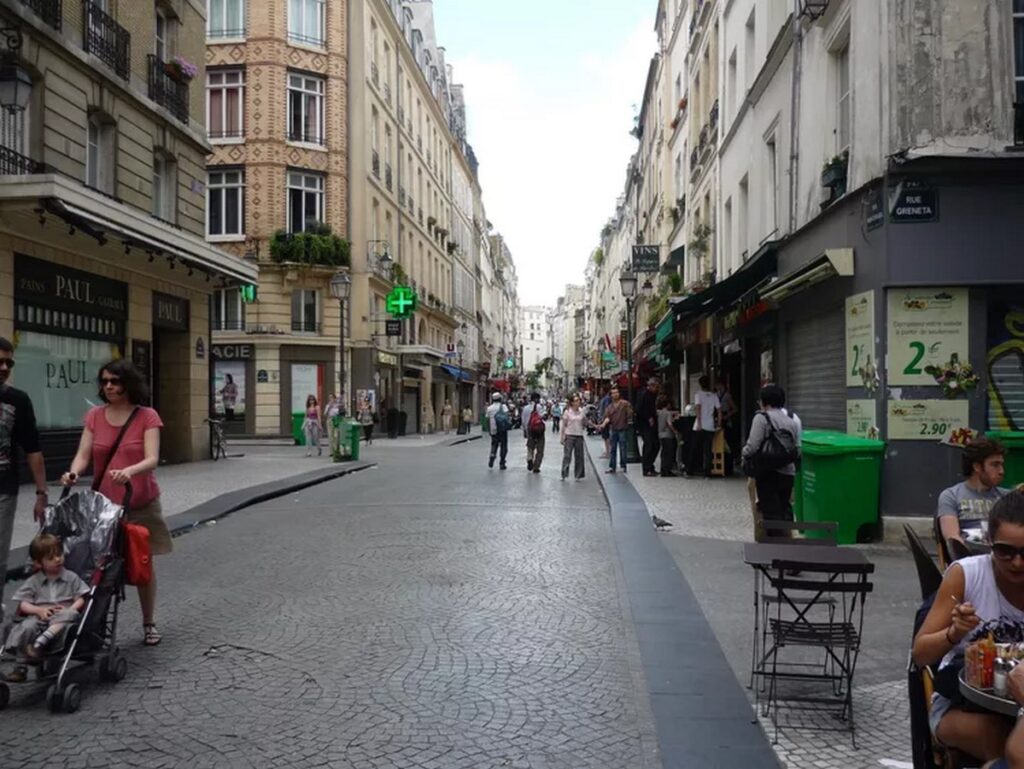
Challenging the Status Quo
The Council on Tall Buildings and Urban Habitat (CTBUH), renowned for its recognition of towering structures, faces criticism from advocates of sustainability. Organizations like Architects Declare are urging a reevaluation of the glorification of skyscrapers in the context of today’s environmental challenges. While skyscrapers were once lauded for their innovation, they are now viewed as impediments to addressing climate breakdown, resource scarcity, and biodiversity loss.
Debunking the Myth of Sustainability
Contrary to popular belief, skyscrapers are not synonymous with sustainability. Studies reveal that tall buildings consume disproportionate amounts of electricity and resources, exacerbating carbon emissions and environmental degradation. The allure of vertical growth is overshadowed by its adverse impacts on energy efficiency, embodied carbon emissions, and biodiversity preservation.
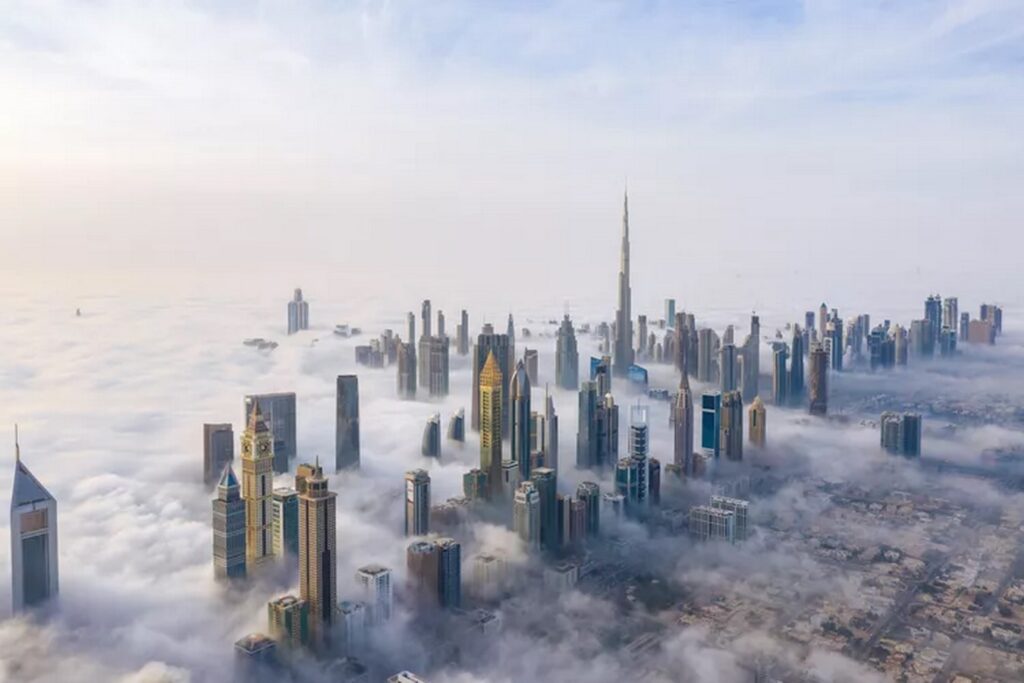
Exploring Alternative Solutions
Advocates for sustainable urban development advocate for alternative models of density that prioritize environmental stewardship and community well-being. Concepts like the “Goldilocks density” emphasize the importance of compact, walkable neighborhoods that strike a balance between urban intensity and green space. Cities like Paris and Barcelona exemplify how dense urban environments can foster vibrant communities without towering skyscrapers.
Embracing Innovation and Adaptation
Acknowledging the need for transformative approaches to urban development, stakeholders are reimagining the future of cities. The recognition of low-rise structures like the David Rubenstein Forum as exemplars of architectural excellence underscores a shift towards more holistic and context-sensitive design principles. By prioritizing innovation, creativity, and affordability, urban planners can create inclusive and sustainable urban environments that enhance quality of life for all residents.
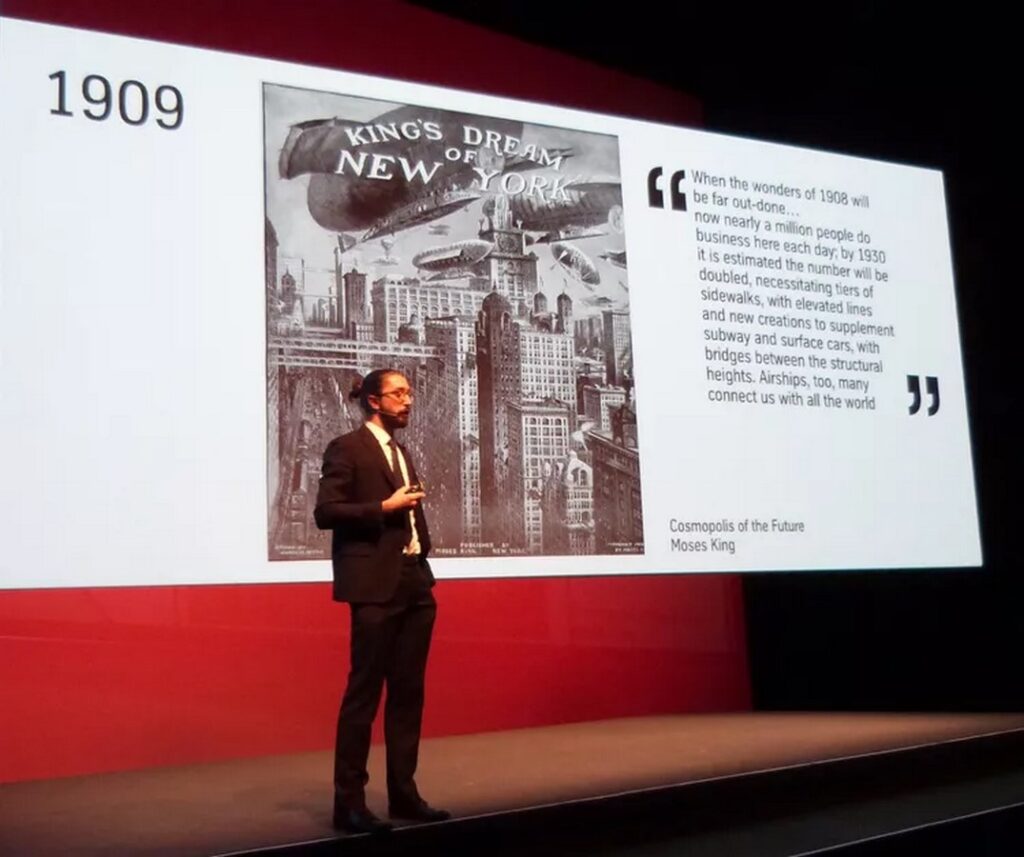
A Call to Action
As we confront the challenges of the 21st century, it is imperative to challenge conventional wisdom and embrace progressive approaches to urban development. Skyscrapers, once heralded as icons of progress, must be reevaluated in light of their environmental impact and social consequences. By fostering collaboration and dialogue among stakeholders, we can chart a path towards a more sustainable and equitable urban future.
In conclusion, the age of the skyscraper should not be viewed as a relic of the past, but rather as an opportunity to redefine our relationship with the built environment. Let us prioritize sustainability, resilience, and inclusivity in our pursuit of vibrant and livable cities for generations to come.


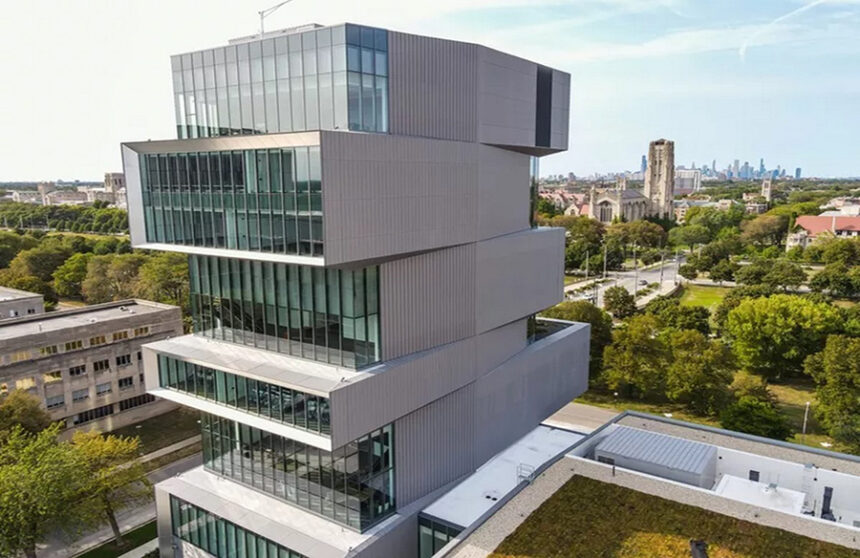
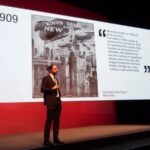


Leave a Reply